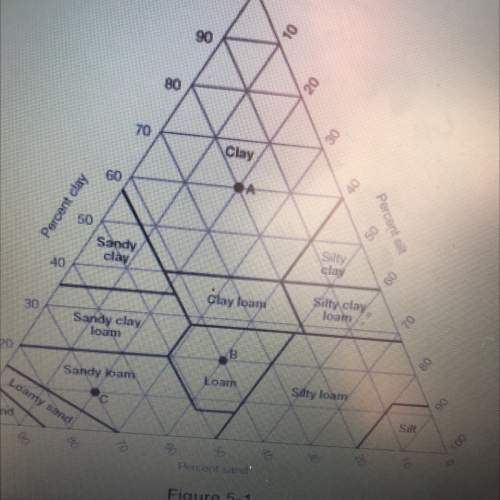
Biology, 16.10.2020 23:01 znewkirk4741
Based on the data you collected in question # 2, if you were to graph with the time on the X (horizontal) axis and the number of bacteria on the Y (vertical) axis, how would your graph look? Would it look like the Exponential growth (J-curve) (a) above? Or, like the Logistic growth curve (S-curve) (b) above? You might want to sketch out a graph to get the answer.

Answers: 1


Another question on Biology

Biology, 21.06.2019 17:00
In tossing one coin 10 times, what are your chances for tossing a head? a tail? 2. in tossing one coin 100 times, what are your chances for tossing a head? a tail? 3. in tossing one coin 200 times, what are your chances for tossing a head? a tail? deviation = ((absolute value of the difference between expected heads and observed heads) + (absolute value of the difference between expected tails and observed tails)) divided by total number of tosses. this value should always be positive. 4. what is the deviation for 10 tosses? 5. what is the deviation for the 100 tosses? 6. what is the deviation for 200 tosses? 7. how does increasing the total number of coin tosses from 10 to 100 affect the deviation? 8. how does increasing the total number of tosses from 100 to 200 affect the deviation? 9. what two important probability principles were established in this exercise? 10. the percent of occurrence is the obtained results divided by the total tosses and multiplied by 100%. toss the coins 100 times and record your results. calculate the percent occurrence for each combination. percent head-head occurrence: percent tail-tail occurrence: percent head-tail occurrence:
Answers: 1

Biology, 22.06.2019 00:00
Will someone me with this.. specialized cells which perform a particular function form: tissues organs or organism
Answers: 2

Biology, 22.06.2019 05:00
2. if someone had the list of traits you provided in question 1, do you think he or she would be able to find you in a group of 1000 people? why or why not? if not, what other information encoded in your genes might distinguish you from the others in the group? what are other traits that are encoded for by dna?
Answers: 3

Biology, 22.06.2019 08:30
What are some natural processes that represent physical and chemical changes?
Answers: 1
You know the right answer?
Based on the data you collected in question # 2, if you were to graph with the time on the X (horizo...
Questions

Spanish, 06.05.2020 02:15







Mathematics, 06.05.2020 02:15



Computers and Technology, 06.05.2020 02:15




Mathematics, 06.05.2020 02:15

Health, 06.05.2020 02:15







